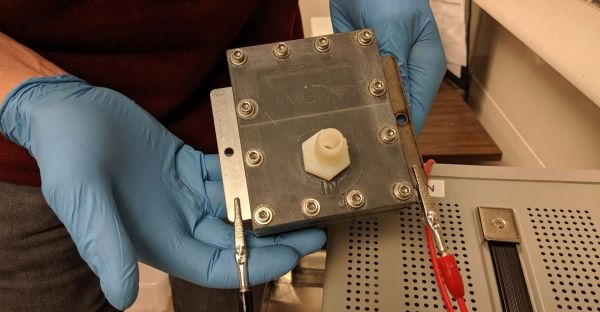PFAS – Per- and polyfluoroalkyl substances – are human-made fluorine compounds that have given us nonstick coatings, polishes, waxes, cleaning products and firefighting foams used at airports and military bases. They are in consumer goods like carpets, wall paint, popcorn bags and water-repellant shoes, and they are essential in the aerospace, automotive, telecommunications, data storage, electronic and healthcare industries.
The carbon-fluorine chemical bond, among nature’s strongest, is the reason behind the wild success of these chemicals, as well as the immense environmental challenges they have caused since the 1940s. PFAS residues have been found in some of the most pristine water sources, and in the tissue of polar bears. Science and industry are called upon to clean up these persistent chemicals, a few of which, in certain quantities, have been linked to adverse health effects for humans and animals.
Among those solving this enormously difficult problem are engineers in the Walter Scott, Jr. College of Engineering at Colorado State University. CSU is one of a limited number of institutions with the expertise and sophisticated instrumentation to study PFAS by teasing out their presence in unimaginably trace amounts.
Continue reading at Colorado State University
Image via Colorado State University


